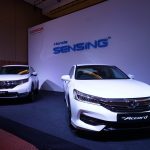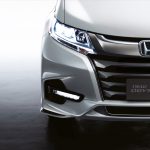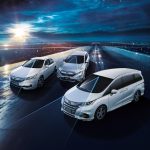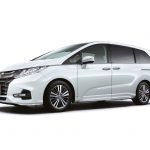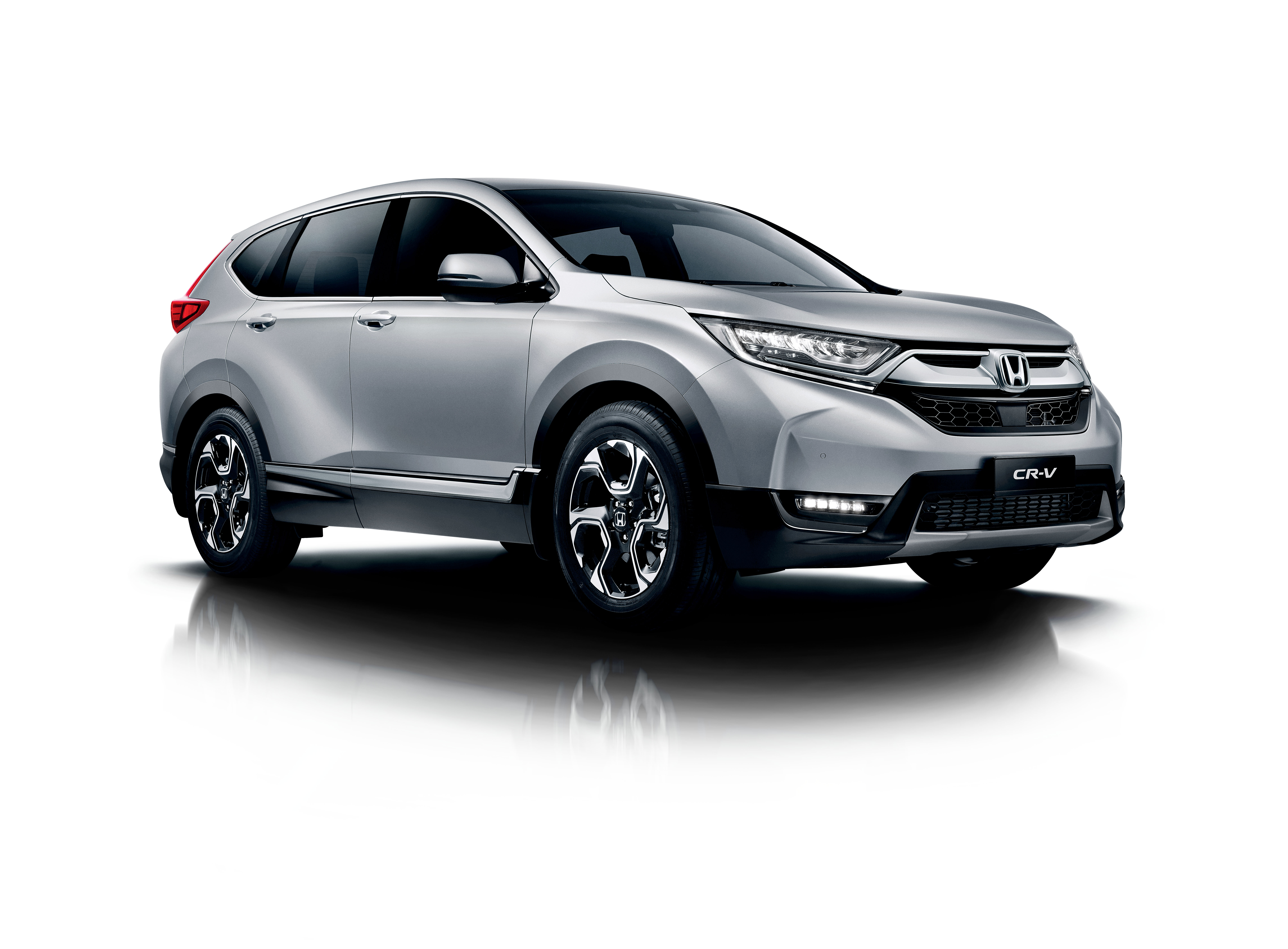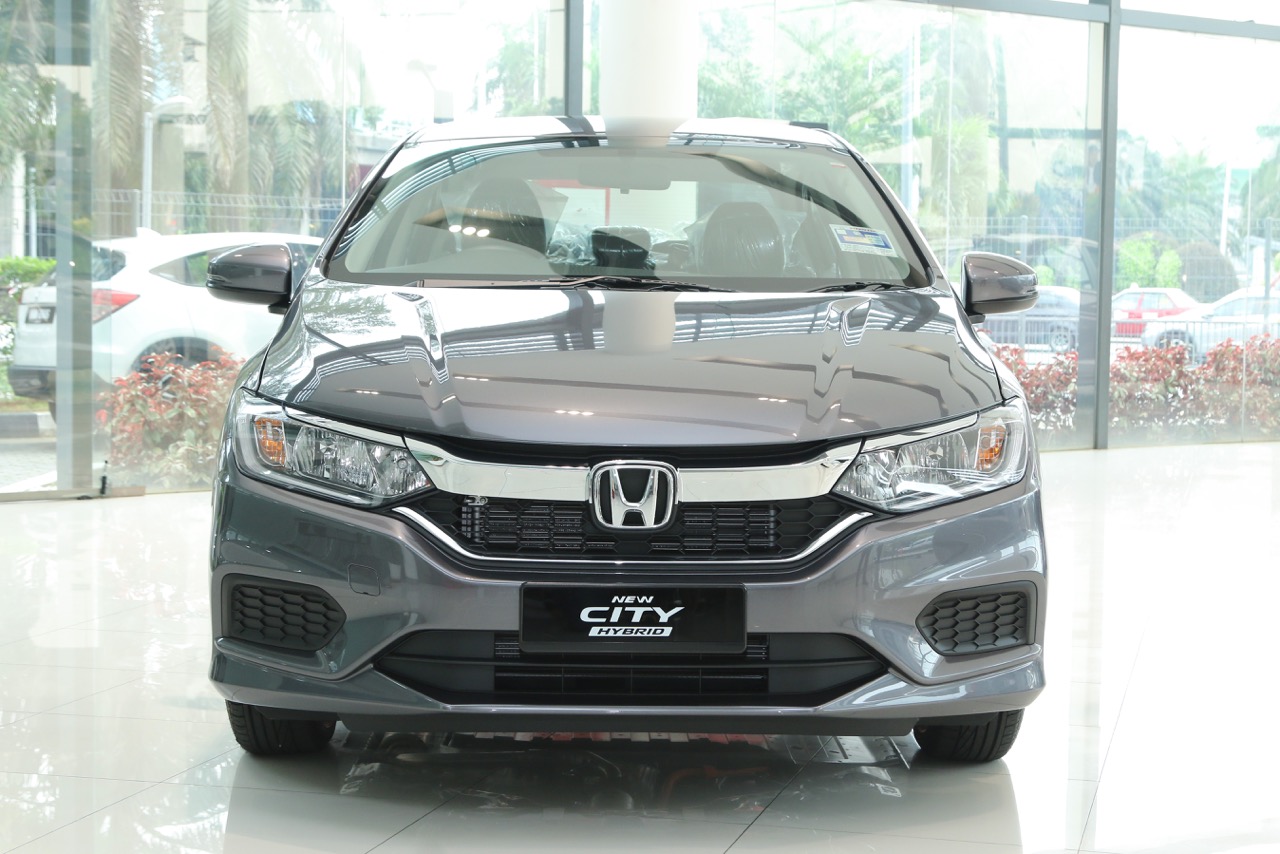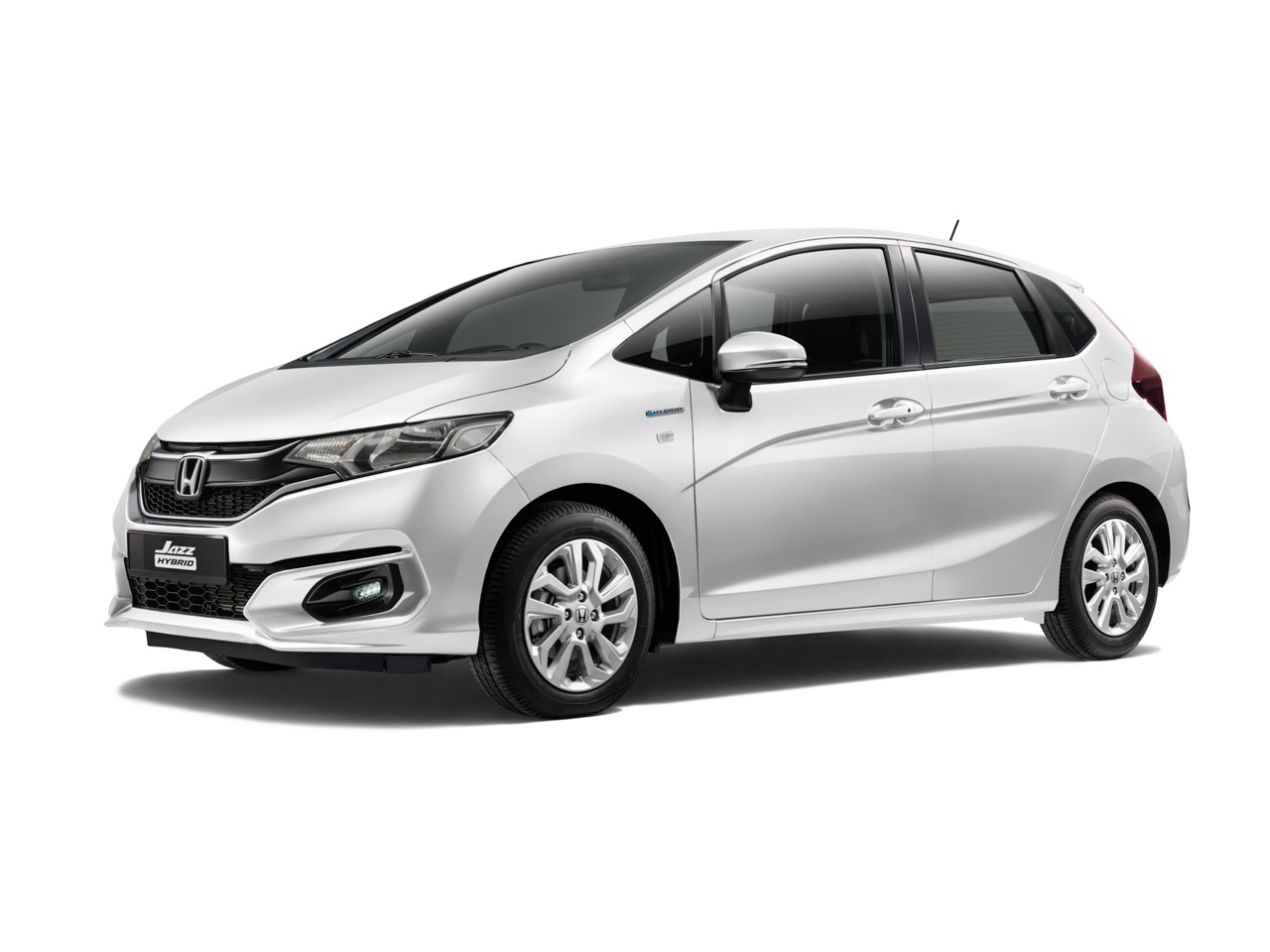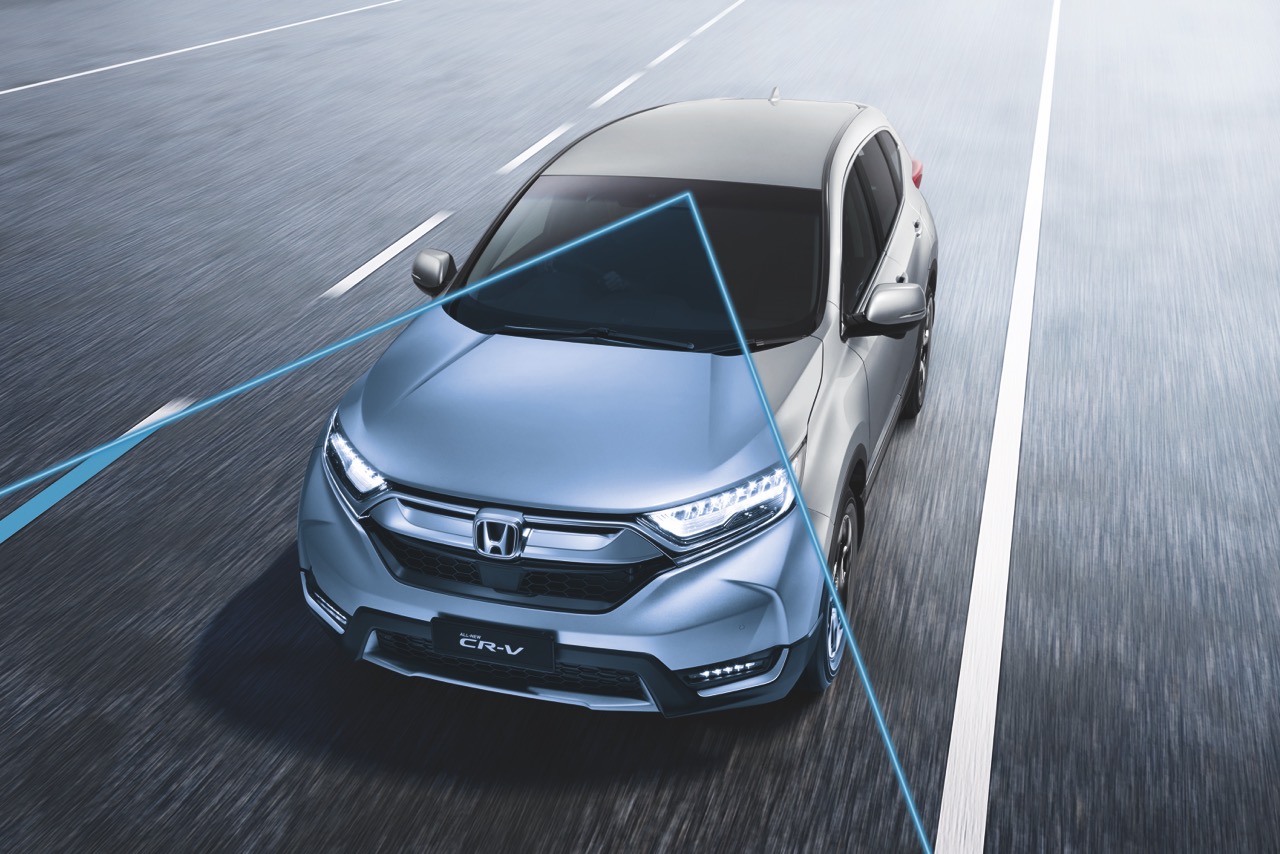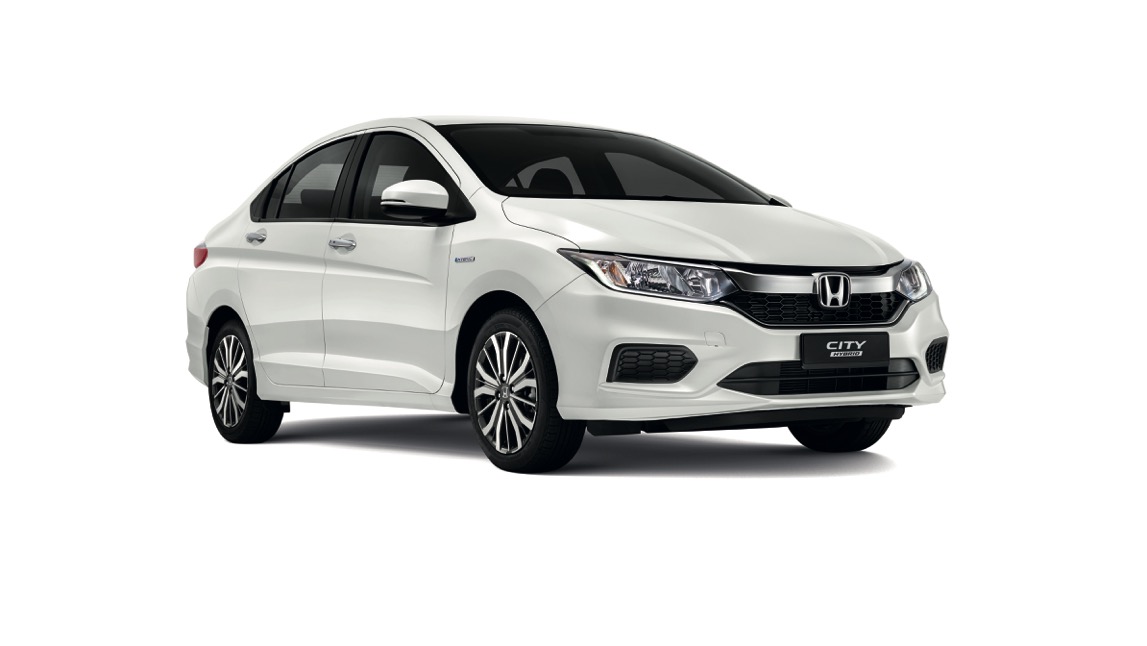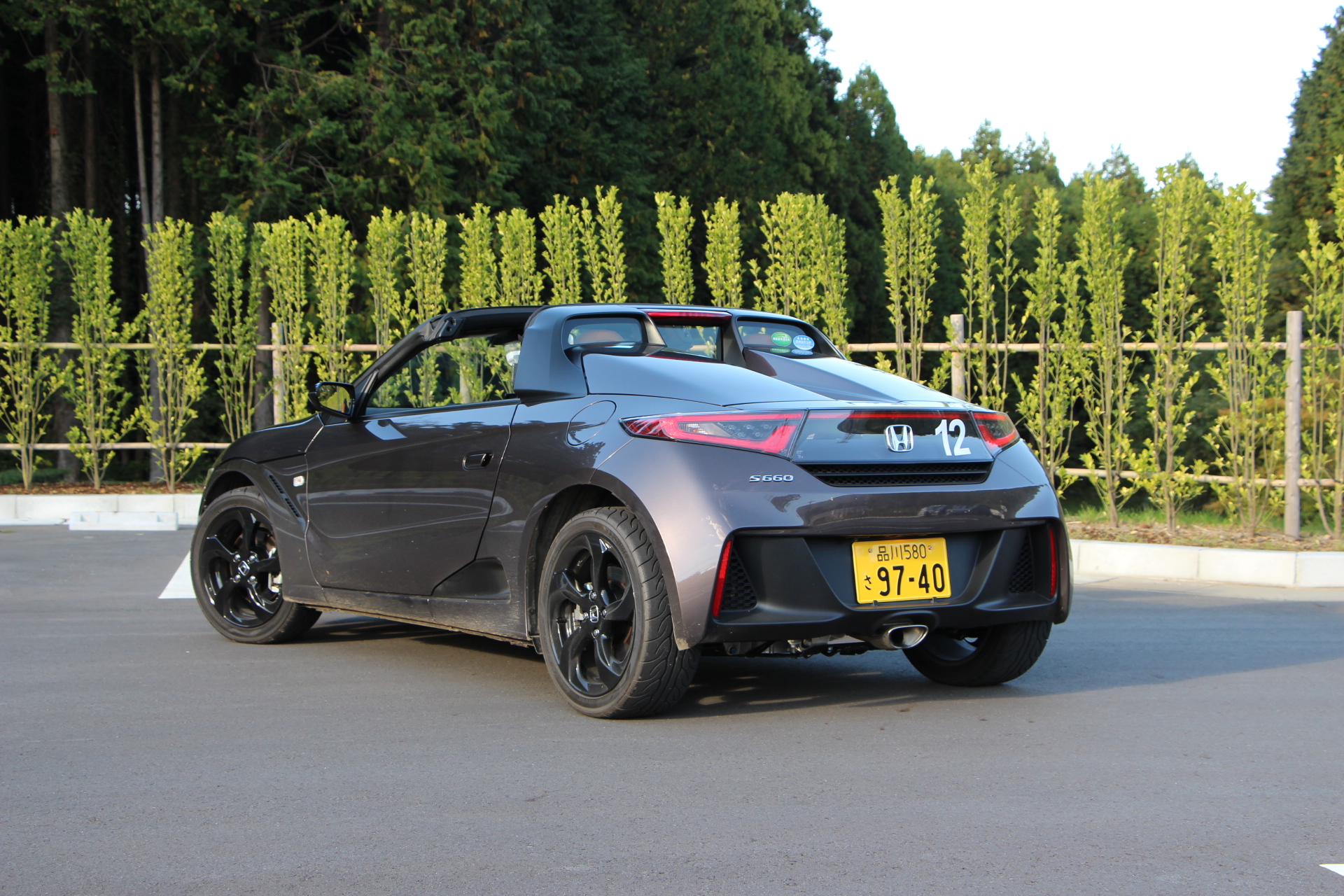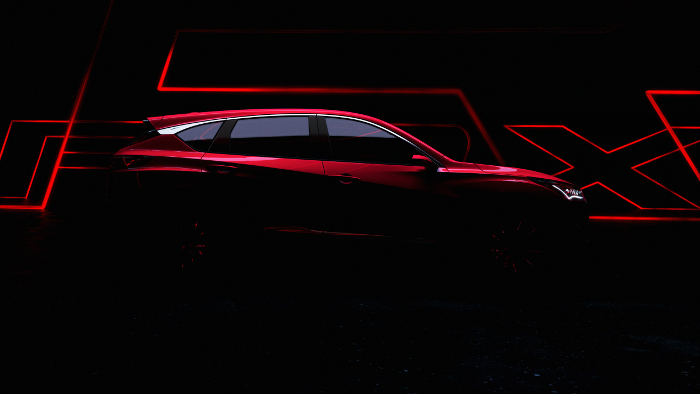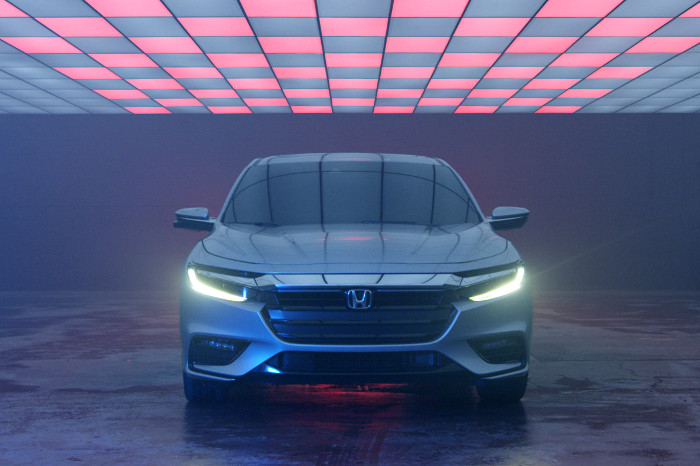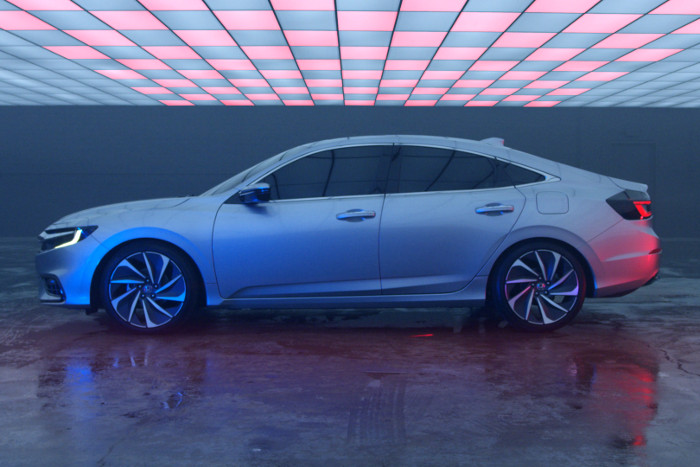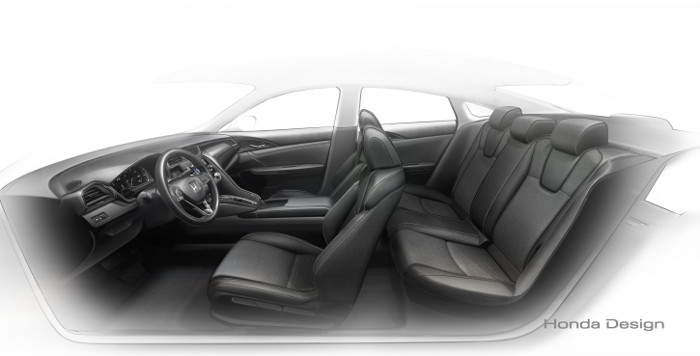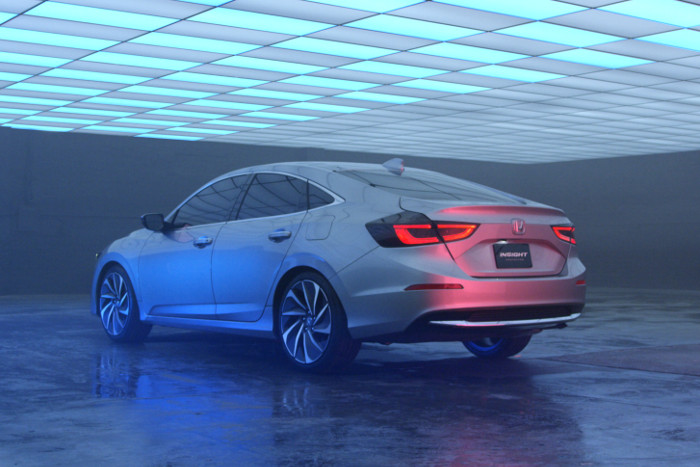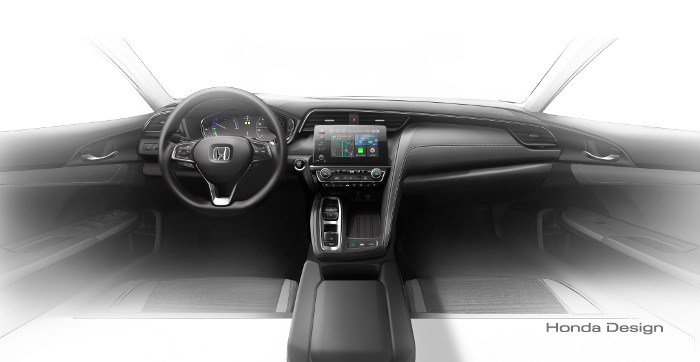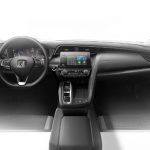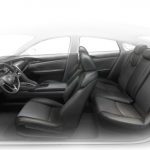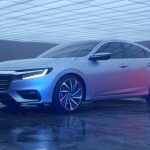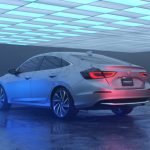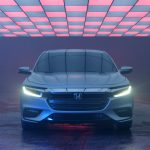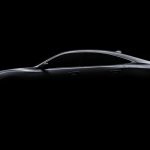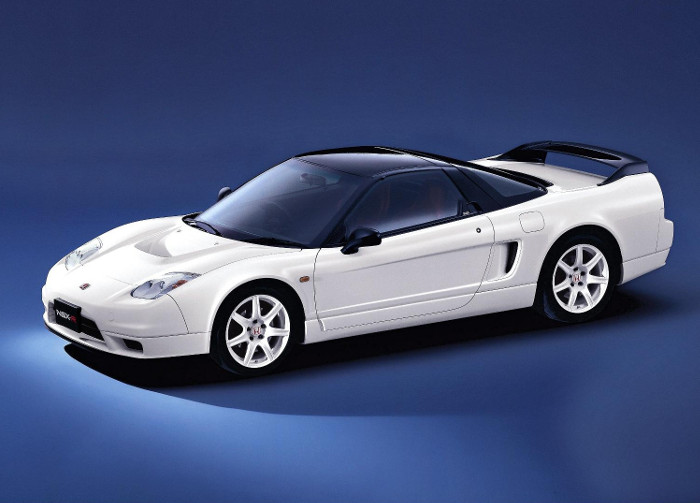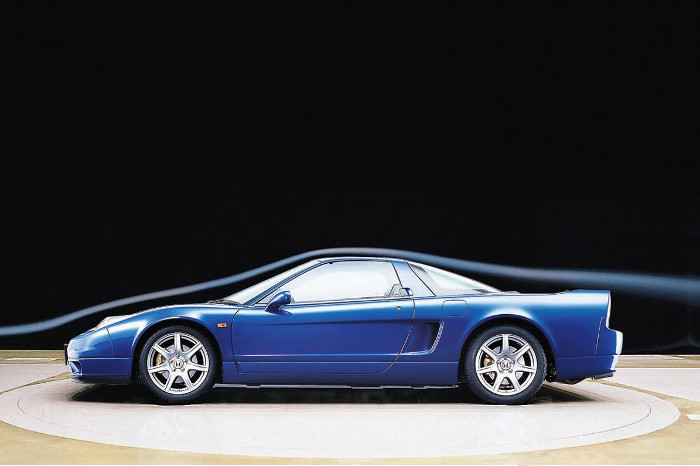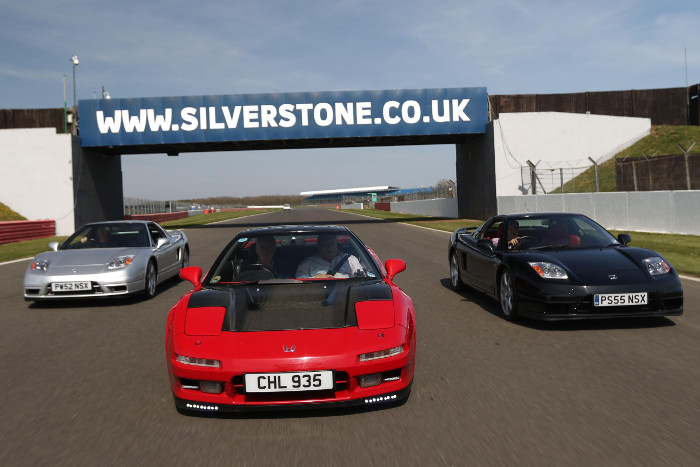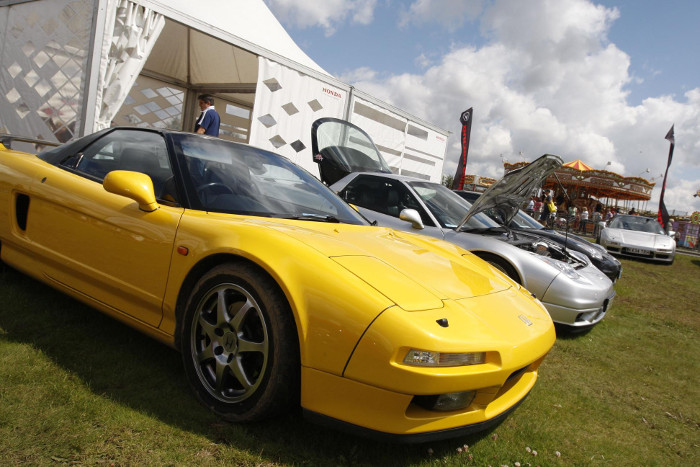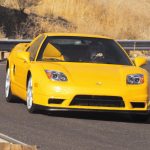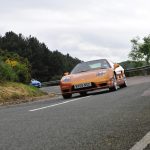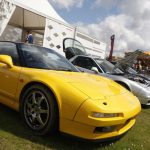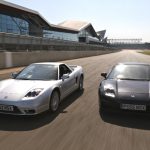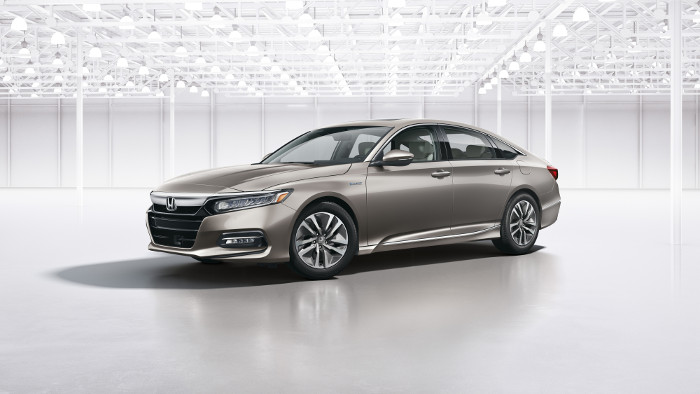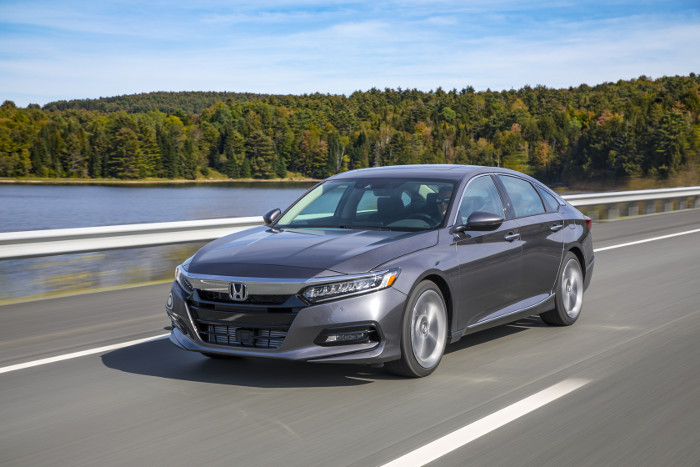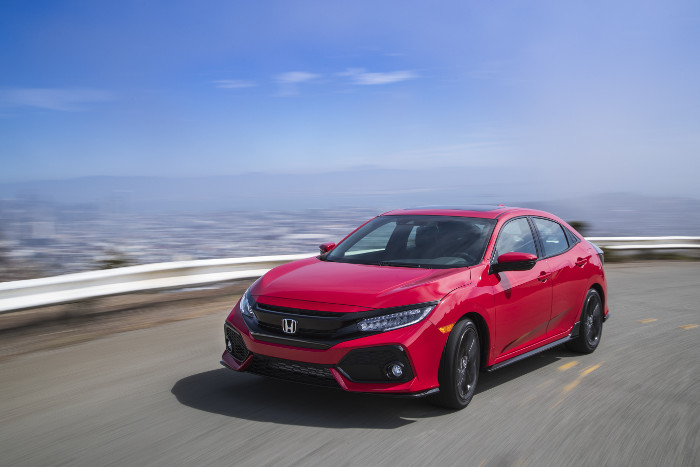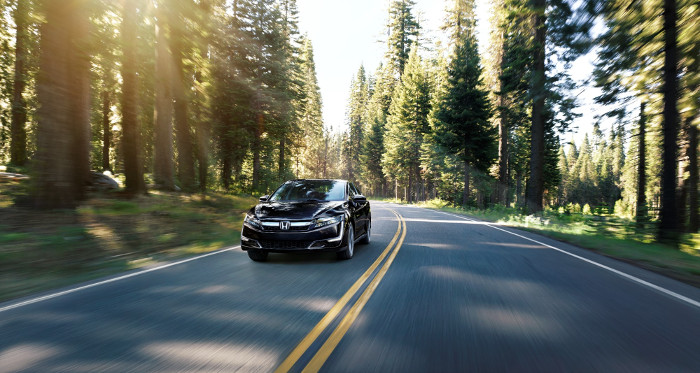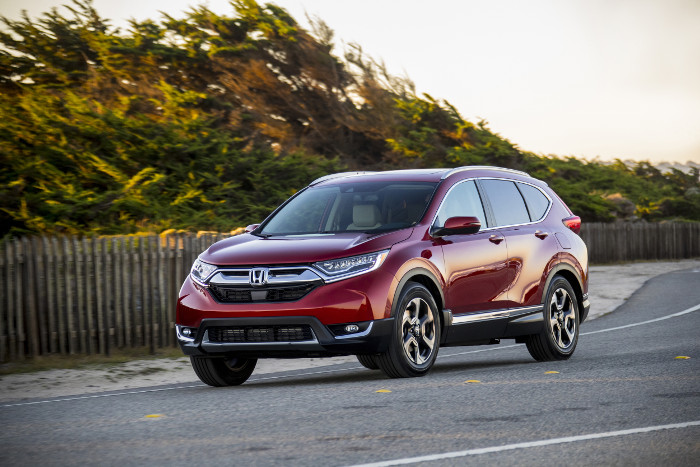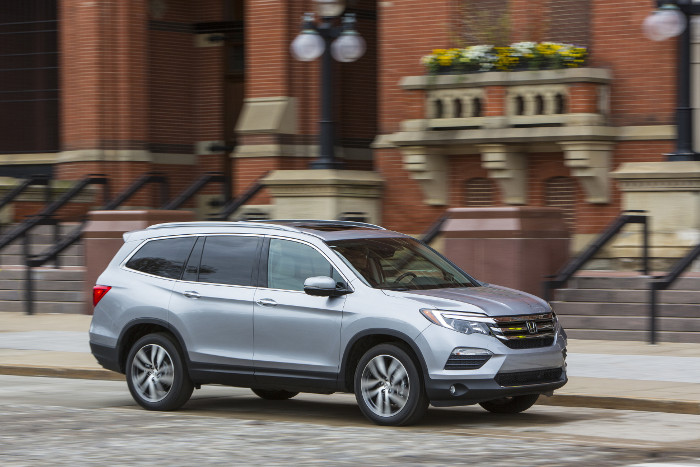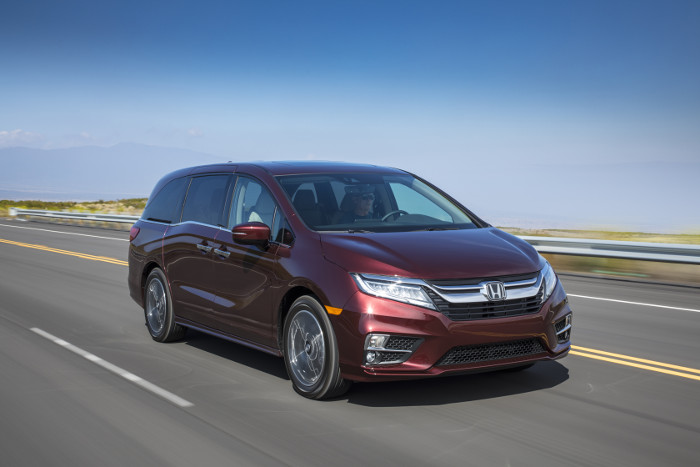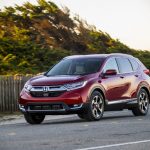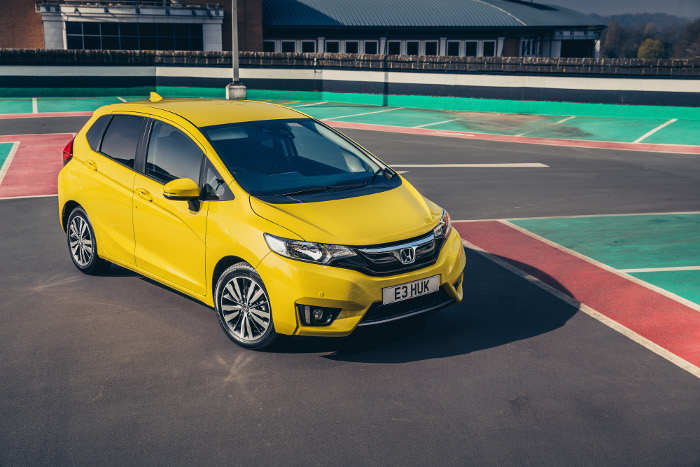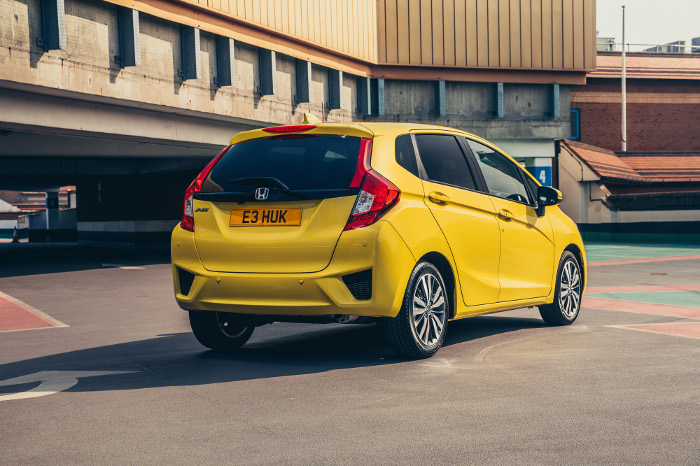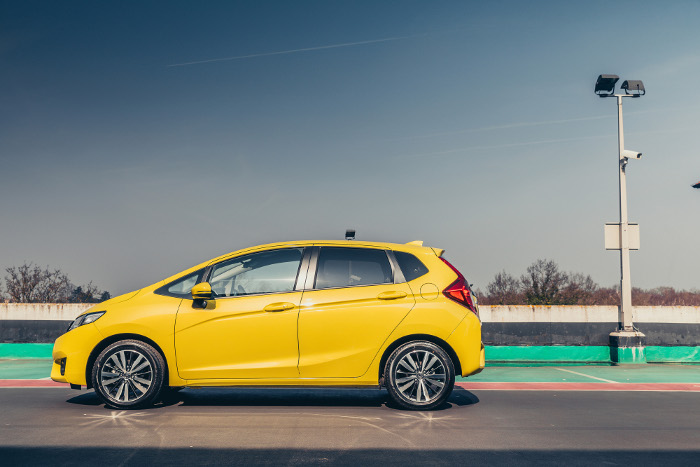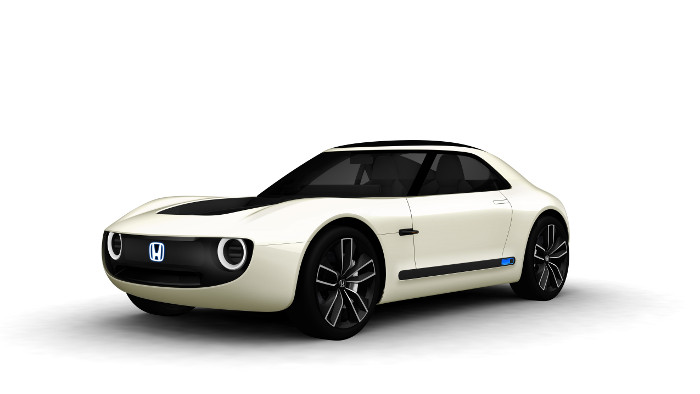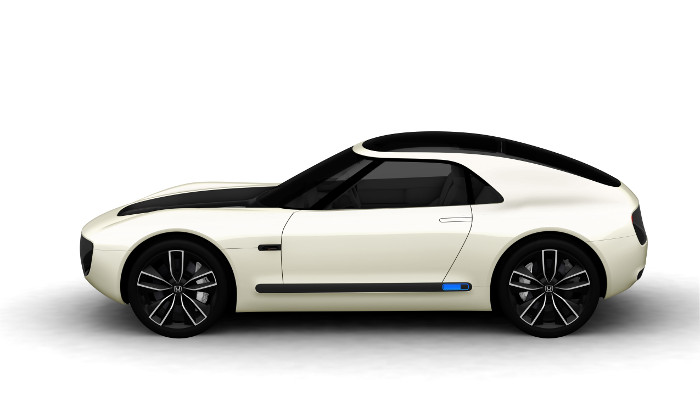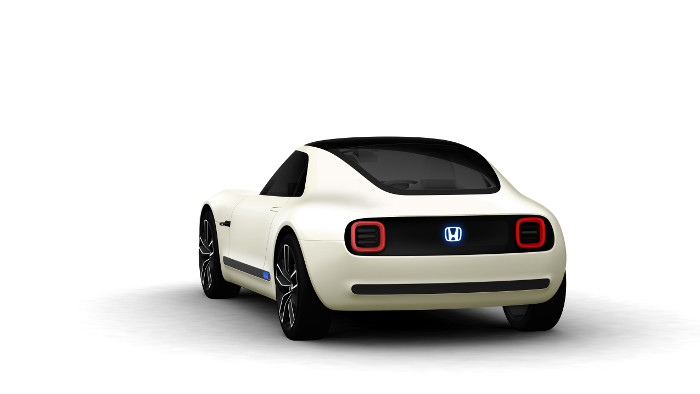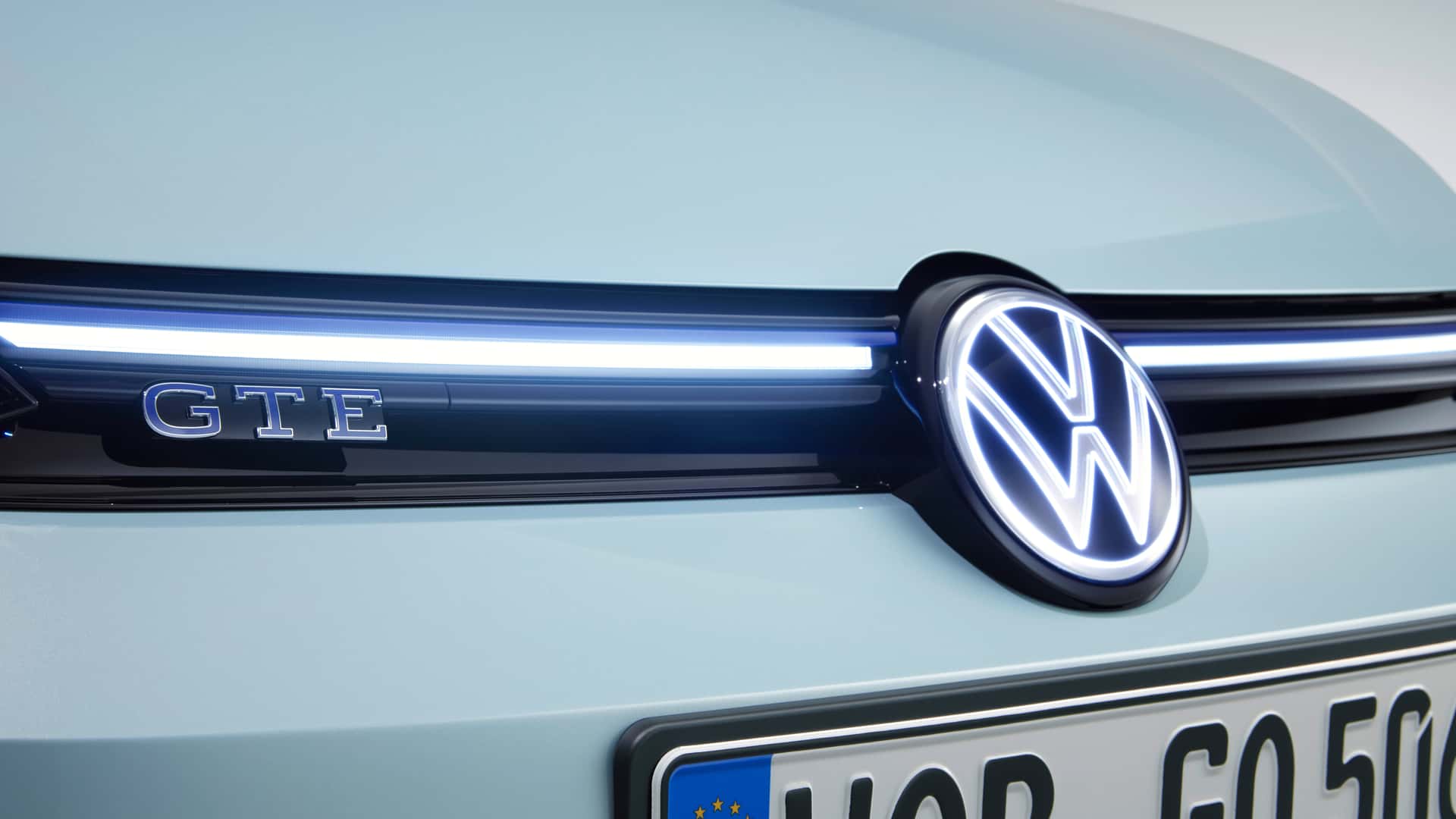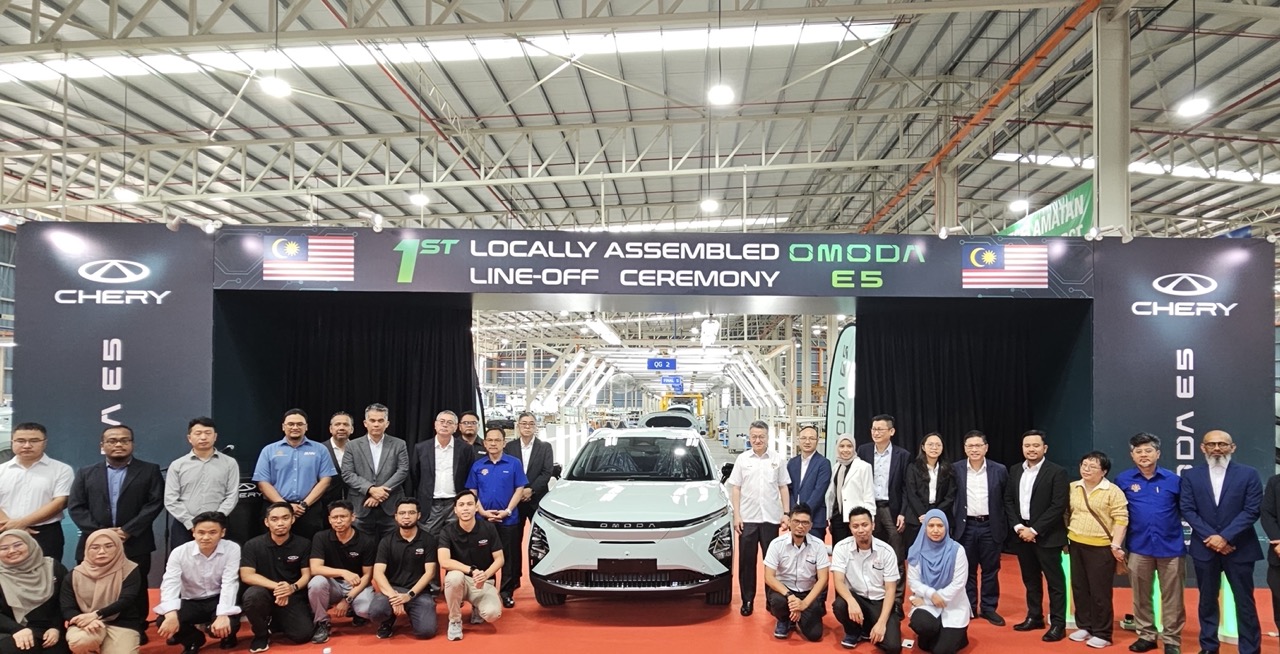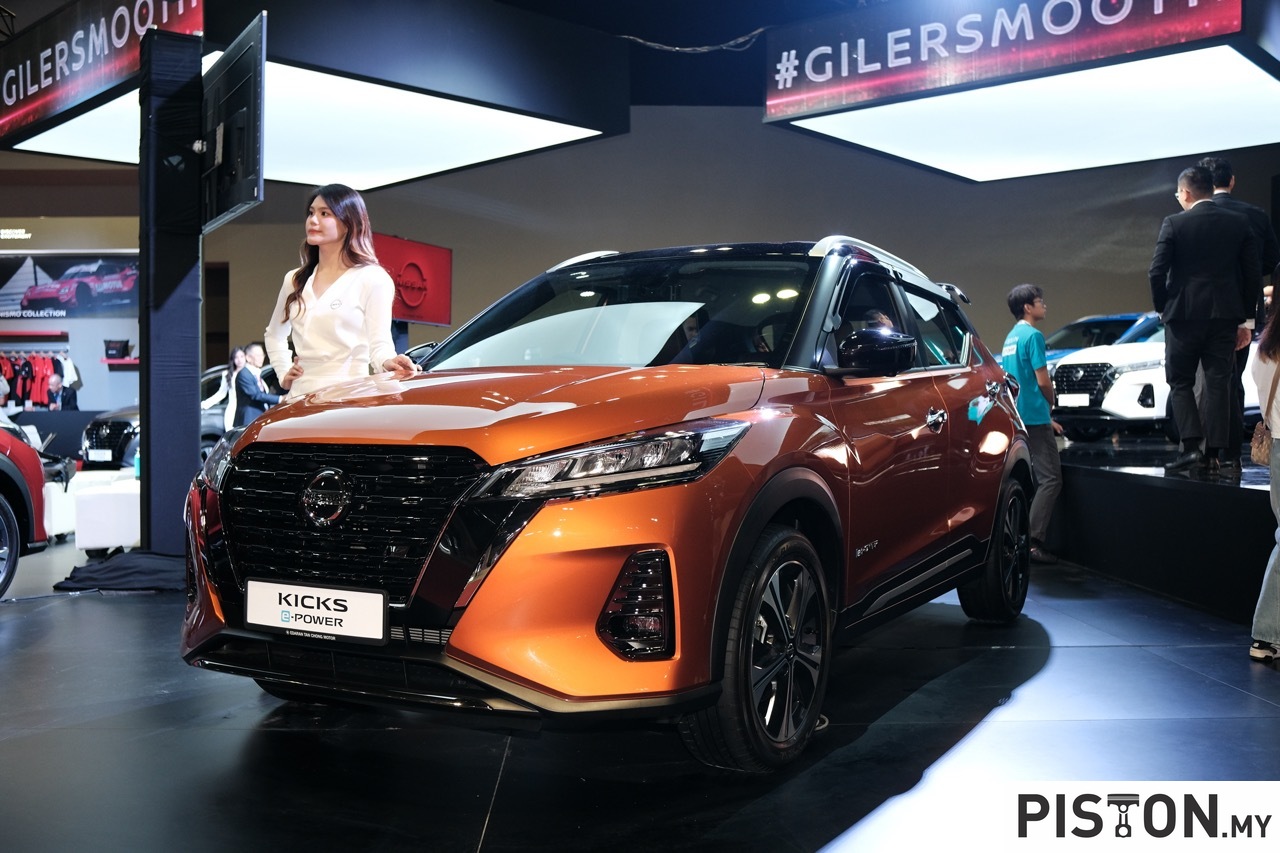Honda Malaysia Sdn Bhd (HMSB) has extended its model range equipped with Next Generation Advanced Safety Technology by introducing its first model for 2018, the new 7-seater Odyssey MPV with Honda SENSING. Check out this quick 360-degree walk-around and interior video taken at the launch:
The Odyssey is the third model after the CR-V and Accord to be equipped with Honda SENSING, the safety feature which bagged the 2016 ASEAN NCAP Grand Prix Award in the “Best Safety Technology” from a carmaker category. The launch of the New Odyssey completes the trifecta of Honda vehicles with SENSING in Malaysia, which includes its sedans, sport-utility vehicles (SUV) and multi-purpose/passenger vehicles (MPV).
The Honda SENSING* in the new Odyssey consists of six features, which are divided into the two categories of Safety and Convenience, as well as Comfort:
Features for Safety:
– Forward Collision Warning (FCW) that will trigger a visual warning and audible alerts for the driver when the monocular camera and a millimetre wave radar detect that it is at risk of collision with the front vehicle
– Collision Mitigation Braking System (CMBS) which assists in applying brake force progressively when it senses an increasing risk of collision
– Lane Departure Warning (LDW) which monitors vehicle lane position using cameras, and alerts if the driver drives out of the lane
– Road Departure Mitigation (RDM) that provides alerts, applies brakes and assists the driver’s steering to prevent driving off the road
.
Features for Convenience & Comfort:
– Adaptive Cruise Control (ACC) that sets a desired speed and following interval from the vehicle detected ahead
– Lane Keep Assist System (LKAS) which uses camera to read lane markings and assist the driver’s steering to keep the vehicle in the centre of its lane
Honda Malaysia Group Vice President, Akkbar Danial said, “In addition to Honda SENSING, the New Odyssey is expected to elevate the safety benchmark in Malaysia’s MPV segment with its unrivalled premium safety features. These include Multi-view Camera System, Smart Parking Assist System, Blind Spot Information that alerts on oncoming vehicle in the blind spot when the driver is switching lanes and Cross Traffic Monitoring that gives off a warning whistle when a collision with a cross-approaching vehicle is predicted when backing up the MPV. On top of all these features which are exclusively found only in the Odyssey, the New Odyssey is also equipped with six airbags.”
You can see him highlight some of the new Odyssey features in this short video:
The outward appearance of the Odyssey is enhanced with a new front bumper, new front grille, new LED rear lights, LED fog lights, 17” Dual Tone Alloy Wheels, Auto Retractable Door Mirrors and it is also equipped with Auto Dim Rear View Mirror. Meanwhile, the interior of the Odyssey has also received a makeover.
These include new bigger armrests for the driver seat, 4-Way Passenger Power Seat, added storage and enhanced utility as well as bigger headrest for its Premium Captain Cradle Seats with Ottoman on the second row to boost comfort and enjoyment for the passengers, especially during long journeys. The Ultra-Low Floor Platform of the New Odyssey eases passenger ingress and egress in addition to enabling this MPV to have a spacious cabin that is equivalent to a large-class MPV.
The Odyssey upholds its predecessor’s characteristics that offer a refined and exquisite silhouette, spacious and elegant interior while being fully equipped with other advanced features of an MPV. Performance-wise, the Odyssey is powered by a 2.4L DOHC i-VTEC Earth Dreams Technology engine mated to a Continuously Variable Transmission (CVT) that gives dynamic acceleration at start and also best-in-class fuel efficiency.
The Odyssey is offered in just one variant, the 2.4L EXV with Honda SENSING, and it’s priced at RM254,800 without insurance (including GST). Honda Malaysia has set a sales target of 130 units per year for the New Odyssey.
It will be available in three colour options, of which two are the first in a Honda model. The new colours are Platinum White Pearl and Premium Twinkle Black Pearl, while the popular Super Platinum Metallic is maintained.
It is now open for booking at all 93 Honda dealers nationwide. It comes with 5-year warranty with unlimited mileage and a service interval of 10,000km.
For more information on the new Odyssey with Honda SENSING or to book a test drive, you can visit any Honda authorised dealer or call Honda’s toll free number at 1-800-88-2020, or log on to www.honda.com.my.
2018 Honda Odyssey Launch Photo Gallery…
*Low Speed Follow (LSF) is not equipped in the new Accord (below) with Honda SENSING or the new Odyssey MPV.













